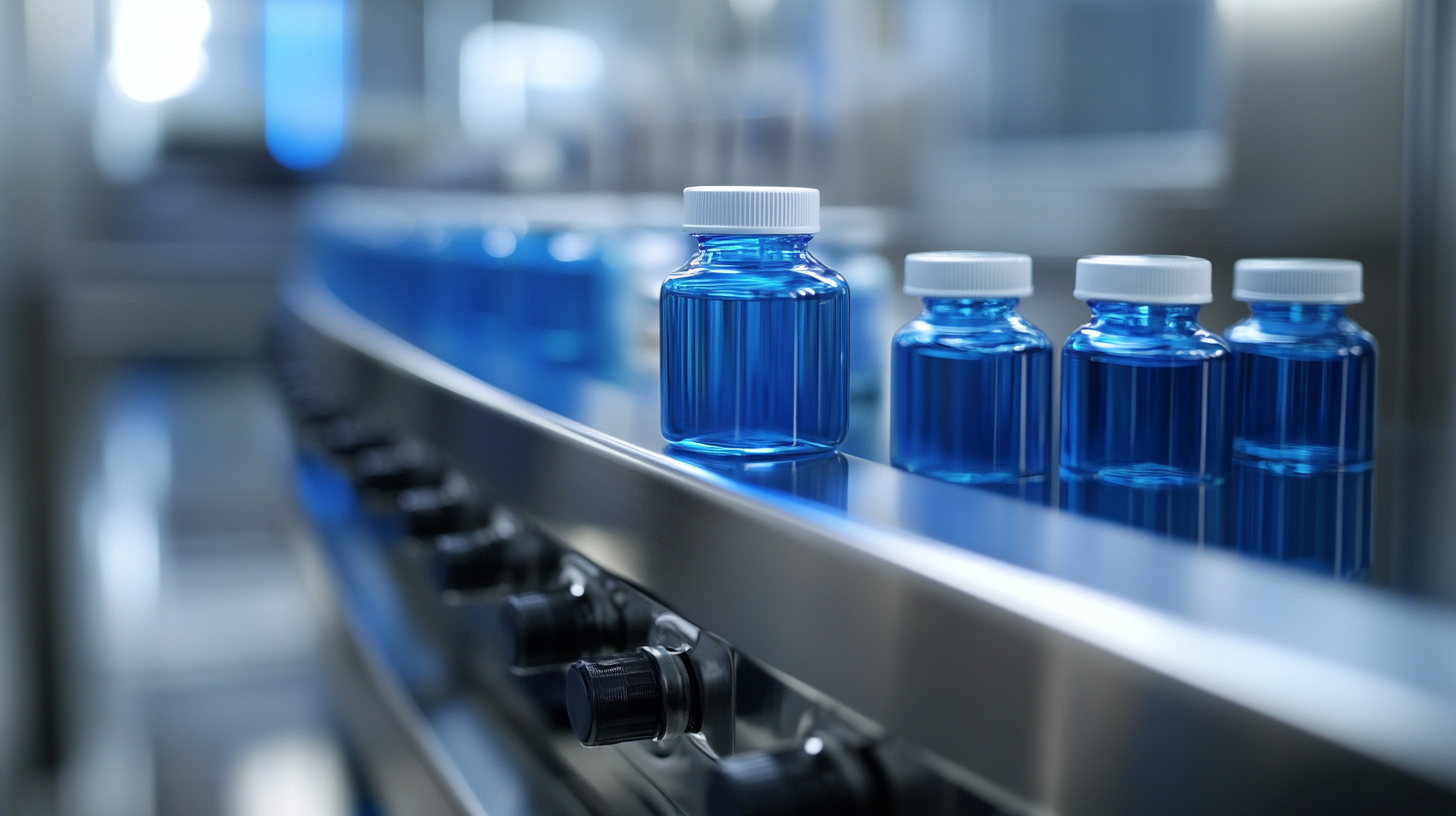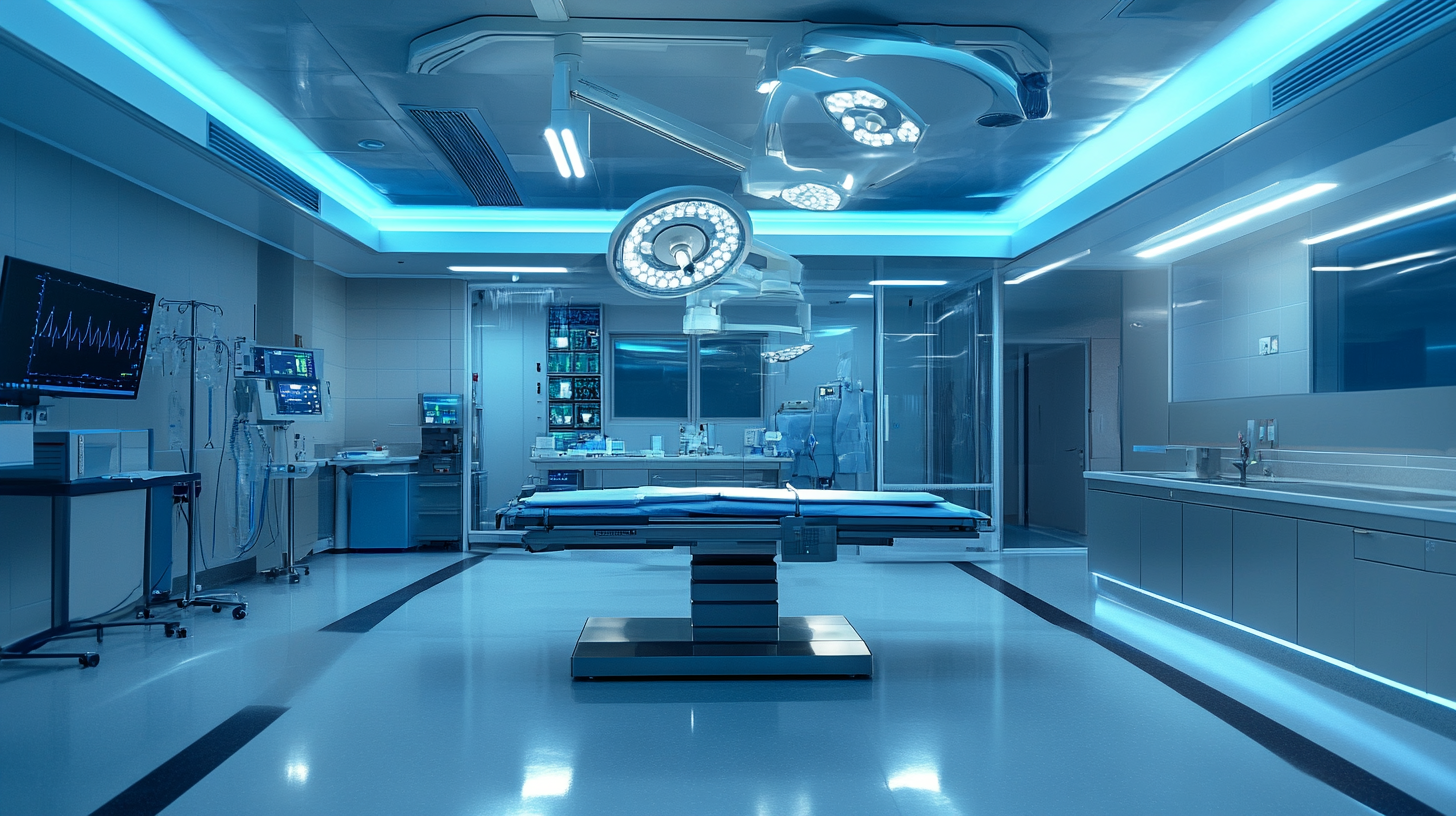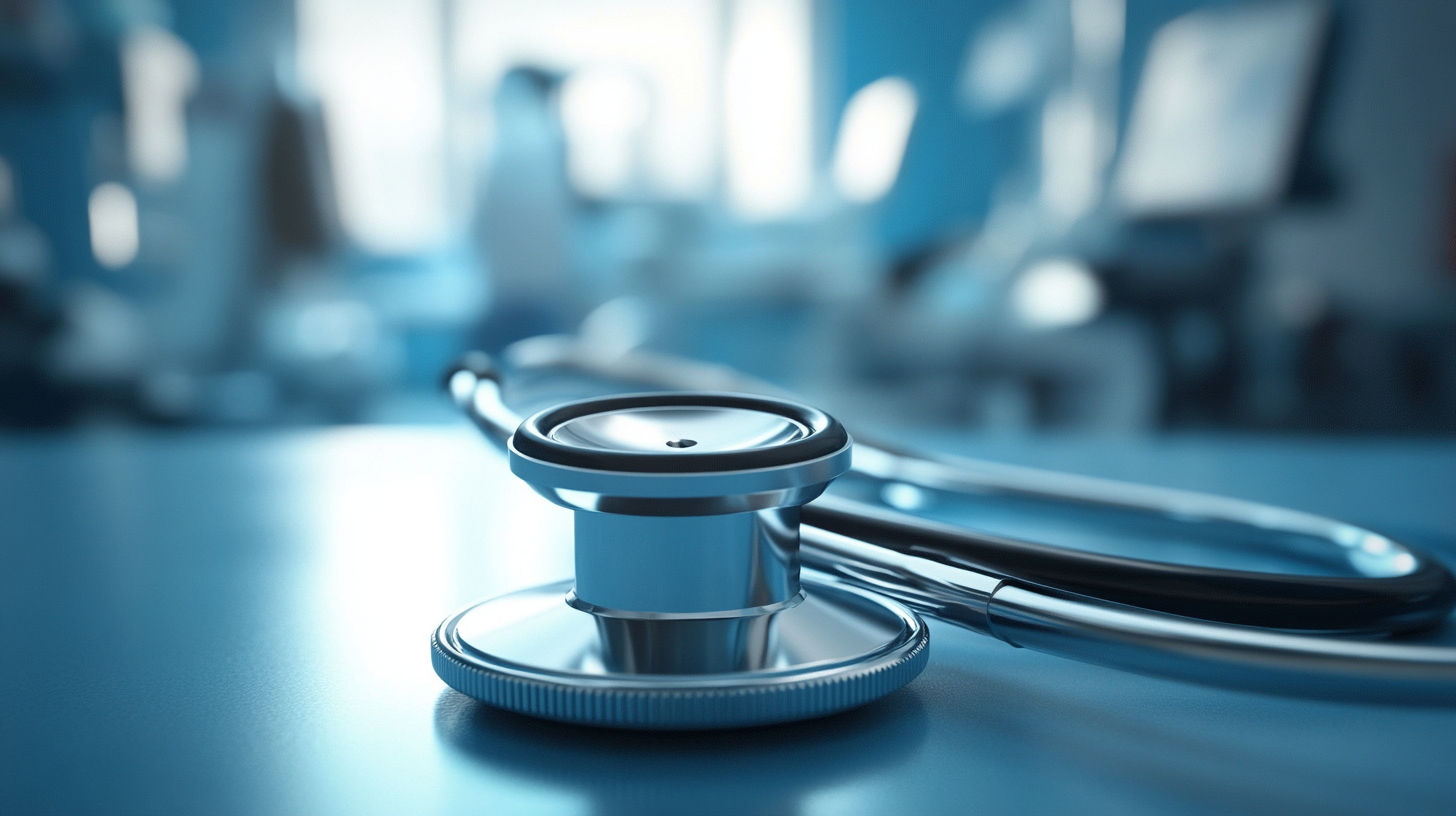Challenges in Ensuring Quality in Medical Device Testing
In the ever-evolving landscape of healthcare, **Medical Device Testing** plays a pivotal role in ensuring that innovative technologies meet the rigorous safety and efficacy standards required for patient care. As new devices enter the market at an unprecedented rate, manufacturers face numerous challenges in validating their products through comprehensive testing processes. These challenges not only stem from rapid technological advancements but also from a complex regulatory environment that evolves alongside new medical innovations.
The importance of maintaining high-quality standards in **Medical Device Testing** cannot be overstated. Poorly tested devices can lead to catastrophic patient outcomes, legal repercussions, and damage to a manufacturer's reputation. Consequently, stakeholders—from device developers to regulatory agencies—must collaborate effectively to navigate the intricate hurdles presented by testing protocols. This blog will examine the key challenges faced in ensuring quality during medical device testing, offering insights into how industry players can address these obstacles to foster a safer healthcare environment.

Challenges in Standardizing Testing Protocols Across Medical Device Categories
Standardizing testing protocols across various categories of medical devices presents a formidable challenge in the healthcare industry. Each category of medical device—ranging from surgical instruments to diagnostic equipment—poses unique characteristics and risks necessitating tailored testing methods. This divergence complicates the development of universal testing protocols and standards, resulting in discrepancies that may compromise device reliability and safety. The lack of standardized testing procedures can lead to variations in quality and efficacy among medical devices. For instance, a cardiac monitoring device may require different performance metrics compared to an infusion pump. Without clear guidelines, manufacturers may adopt inconsistent testing methodologies, which can result in devices passing through regulatory scrutiny without adequately addressing specific safety concerns. This inconsistency not only affects patient outcomes but also erodes trust in medical technology as a whole. Additionally, regulatory bodies face the challenge of overseeing a diverse range of devices while establishing standard protocols. The rapidly evolving nature of technology complicates the standardization process further. Emerging innovations in medical devices must be incorporated into existing regulatory frameworks that might not be agile enough to adapt quickly. Consequently, achieving consistent quality in testing protocols demands ongoing collaboration between manufacturers, regulatory agencies, and industry experts to develop adaptable and comprehensive standards that uphold patient safety across all medical device categories.

Impact of Regulatory Compliance on Testing Quality and Timeframes
The rigorous demands of regulatory compliance pose significant challenges to maintaining the quality of medical device testing. According to a 2022 report by the Medical Device Innovation Consortium (MDIC), 40% of medical device companies have reported delays in their product launches due to lengthy regulatory processes. These delays not only extend the time to market but also contribute to escalating costs, with estimates suggesting an average of $1 million per month in holding costs for devices awaiting approval.
Furthermore, the complexities involved in adhering to regulatory standards can introduce variability in testing quality. A recent study published in the Journal of Medical Devices indicated that 37% of companies struggle to align their internal testing protocols with the expectations set by regulators, leading to inconsistent results. This inconsistency can compromise the safety and efficacy of devices, ultimately impacting patient outcomes and brand reputation.
Moreover, maintaining compliance requires substantial investment in both time and resources. According to the Deloitte 2023 Global Life Sciences Outlook, medical device companies are expected to allocate approximately 11% of their budgets to regulatory affairs. This financial commitment can strain smaller firms that lack the infrastructure to manage regulatory requirements effectively, potentially resulting in lower testing quality as they prioritize expedience over rigor. Such trends underscore the necessity for a balanced approach in navigating the intricate landscape of medical device testing and regulatory compliance.

The Role of Risk Management in Improving Device Testing Outcomes
When it comes to ensuring the quality of medical device testing, implementing effective risk management strategies is paramount. The healthcare landscape is constantly evolving, and with it, the complexity of devices and the potential risks associated with their use. Risk management plays a crucial role in identifying, analyzing, and mitigating these risks throughout the testing process. By utilizing systematic approaches such as Failure Mode and Effects Analysis (FMEA) or Risk Assessment matrices, teams can prioritize potential issues and address them proactively.
Moreover, a comprehensive risk management framework not only enhances the reliability of testing outcomes but also fosters collaboration among stakeholders. When engineers, regulatory specialists, and clinical teams engage in risk discussions early in the development cycle, they can share insights that lead to better-informed decisions. As a result, potential pitfalls can be navigated more effectively, minimizing the likelihood of costly recalls or adverse events post-market. The integration of risk management into the device testing lifecycle ultimately boosts confidence in product safety and efficacy, ensuring that devices can meet the rigorous standards expected in the medical field.
Furthermore, continuous monitoring of risk throughout the device’s life cycle is essential. This ongoing vigilance helps in adapting to new challenges, whether they stem from technological advancements or changes in regulatory landscapes. By creating a culture that prioritizes risk assessment, manufacturers can not only improve the quality of their testing outcomes but also contribute to the overall safety and effectiveness of medical devices in patient care.

Technological Advancements and Their Influence on Testing Accuracy
The landscape of medical device testing has evolved significantly with the advent of technological advancements. These innovations, ranging from artificial intelligence to sophisticated data analytics, have the potential to revolutionize testing accuracy. However, they also introduce complexities that must be addressed to ensure that the final products meet rigorous safety and efficacy standards.
One of the most notable influences of technology on testing accuracy is the incorporation of real-time data monitoring. Devices equipped with sensors can provide continuous feedback, enabling instant adjustments and more reliable results. This capability not only enhances the precision of testing but also facilitates early detection of potential failures, allowing for timely interventions. Yet, this integration of technology necessitates stringent validation processes to confirm that the algorithms and data interpretations are reliable and do not compromise patient safety.
Furthermore, the use of simulation tools and virtual testing environments has transformed traditional testing methodologies. These technologies allow for comprehensive modeling of device interactions within the human body, reducing the reliance on lengthy clinical trials. However, this shift raises questions about the representativeness of simulated environments compared to real-world scenarios, making it essential to ensure that virtual tests reflect actual clinical conditions adequately. Balancing innovation with thorough, evidence-based validation is crucial to maintaining quality and reliability in medical device testing amidst these rapid technological changes.
The Importance of Continuous Training for Medical Device Test Engineers
Continuous training for medical device test engineers is paramount in today's rapidly evolving healthcare landscape, particularly as the integration of advanced technologies like machine learning becomes more prevalent. The advent of non-invasive monitoring devices, such as those used for estimating blood pressure or tracking step lengths, demands a workforce that is both knowledgeable and adaptable. As these devices evolve and incorporate more sophisticated algorithms, test engineers must be equipped with the latest skills and knowledge to ensure these technologies meet stringent quality requirements.
Moreover, the complexity of wearable devices presents unique challenges in testing and validation processes. Continuous professional development is not merely beneficial but essential, as it empowers engineers to adapt their testing methodologies to address new risks associated with machine learning-driven medical devices. From understanding new evaluation metrics to applying modern statistical tests, ongoing education can help mitigate the misuse of medical devices and enhance safety and efficacy.
Investing in continuous training programs also fosters a culture of innovation, allowing engineers to explore emerging technologies and their applications in healthcare. As machine learning and AI become increasingly integrated into medical devices, it is critical for testing professionals to not only keep pace with technological advancements but also to understand their implications for patient care. Engaging in hands-on training and collaborative learning experiences will enhance their ability to contribute to the development of safer, more effective medical devices that improve health outcomes for patients.

